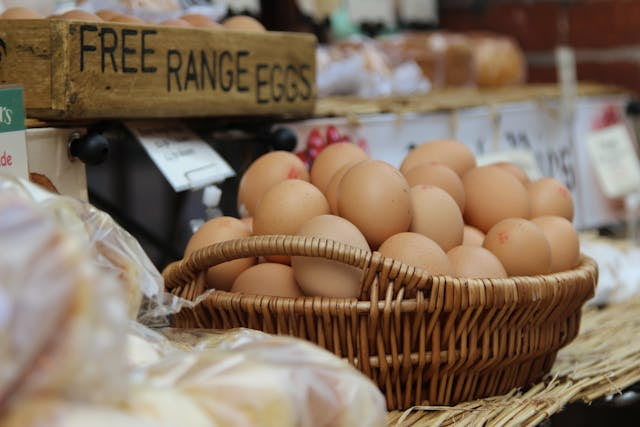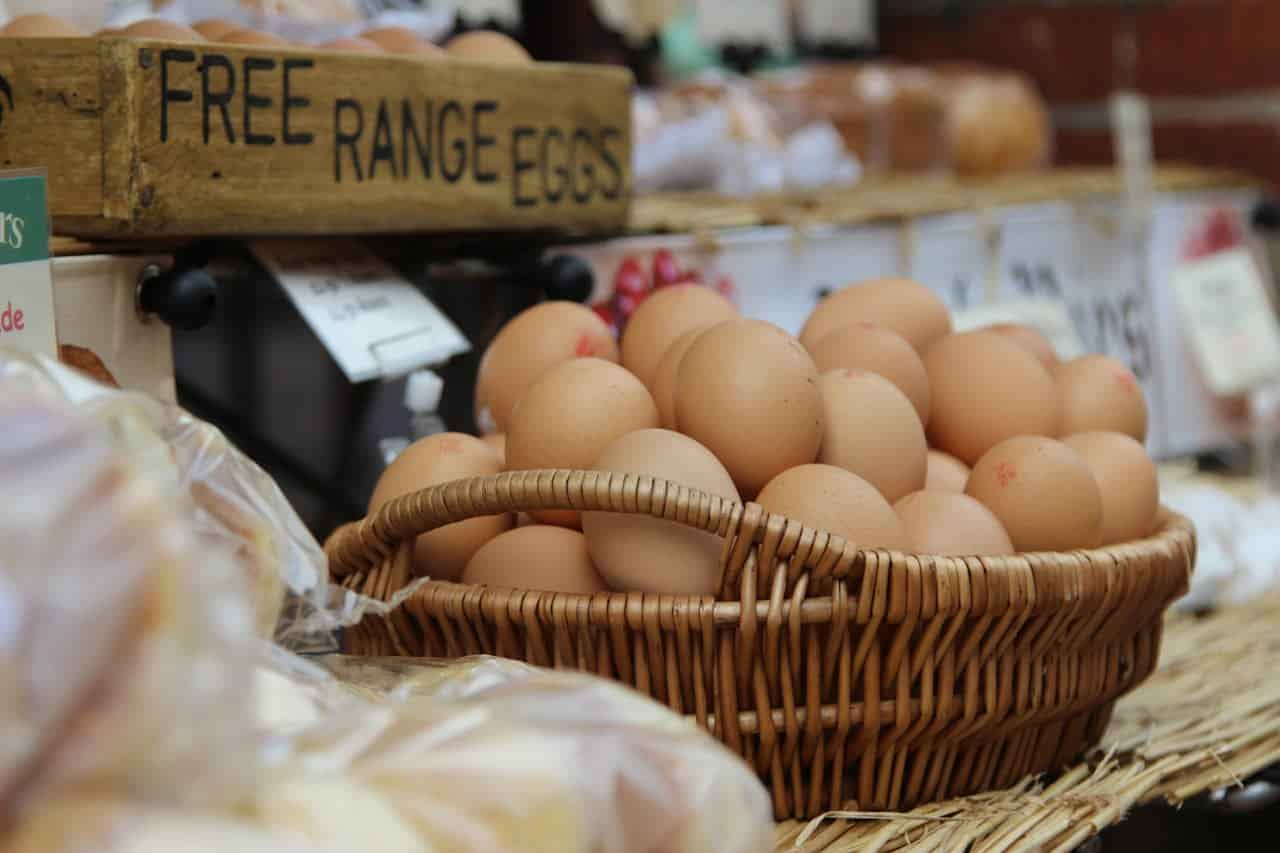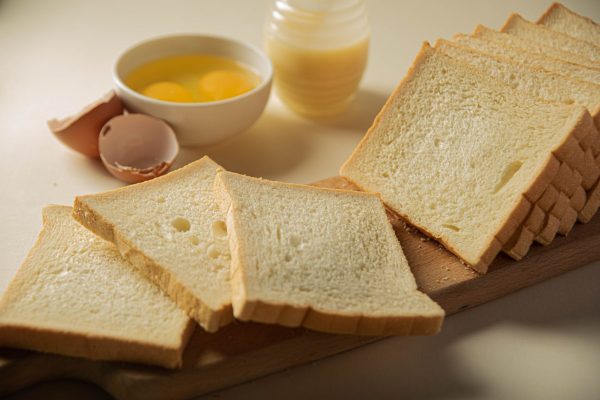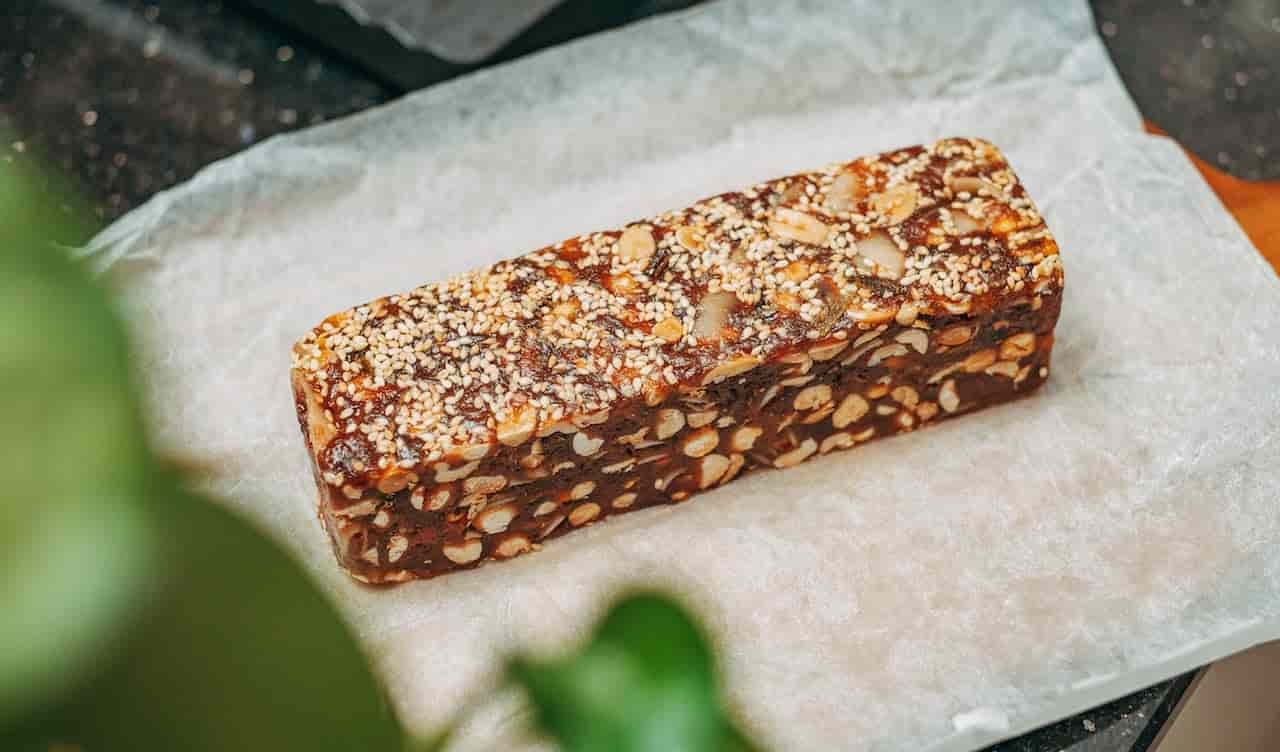They are used either boiled, fried, or in powder form after reconstitution. Their use in cooking and confectionery is widespread due to their thickening, emulsifying, and foaming properties.
From outside to inside, the egg consists of: the waxy coating, the shell, the membrane, the white, the chalaza, the yolk, and the blastodisc.
The shell consists of: inorganic substances (94.5%), water (1.5%), collagen (an organic substance) (4%), and also contains lecithin, cholesterol, and enzymes.
The color of the shell can vary from white to brown, depending on the type of hen. The shell is porous, so it is permeable to air, vapors, carbon dioxide, microbes, and odors.
The white forms at the two poles of the egg, fibers from a thicker mass, and the calluses to hold the yolk in the center of the egg. Its composition is: water 85–90%, proteins (albumins) 12%, fat 0.25%, ash 0.6%, carbohydrates (mainly lactose) 0.7%, and small amounts of lecithin, cholesterol, B vitamins, and enzymes.
The yolk is almost spherical and surrounded by a layer of white lecith (membrane), which extends to its center and forms a white core. It has great nutritional value. Yolk components are: water (45–51%), proteins (16–17%), fat (31-36%), ash (1.3%), and carbohydrates (1.1–2%).
The yolk is about 16 g and contains a large amount of albumen (16.3 g) of superior biological value and additional iron, phosphorus, calcium, sulfur, and vitamins (A, B, B2, B12, and D).
The egg is easier to digest when the yolk is still runny.
Nutritional value of eggs and their beneficial effects
Eggs and milk are the only complete natural foods, i.e. they contain all the necessary ingredients for a complete and balanced diet.
A large egg contains an average of 70 calories, 6 grams of protein and 5 grams of fat.
The biological value of egg proteins is greater than that of milk, meat, beans and salmon and is used as a standard for evaluating the quality of other food proteins.
The egg white consists of 45% proteins superior to all other natural foods, since they contain all the essential amino acids for our body. An average-weight egg covers 12% of a man’s daily protein needs and 14% of a woman’s.
Of the 5 grams of fat contained in a large egg, only 1.5 grams is saturated fat. Cholesterol amounts to 190 grams. 56% of the calories in an egg come from its fatty substances.
The fat content of eggs is very close to the dietary fat content guidelines, i.e. 1/3 saturated, 1/3 monounsaturated and 1/3 polyunsaturated fats.
Eggs are rich in minerals and vitamins such as: calcium, phosphorus, iron, sodium, potassium, vitamin A, niacin, biotin, vitamin B12, riboflavin (vitamin B2), pantothenic acid (vitamin B5), folic acid (vitamin B9) etc.
Eggs also contain antioxidants just like fruits and vegetables (e.g., selenium). Antioxidants protect the body from unwanted damage caused during the process of oxygen metabolism and are important in protecting against heart disease and cancer. The powerful carotenoids (lutein and zeaxanthin) found in egg yolk provide protection to the light-sensitive resin. Research has shown that by including these carotenoids in our diet, it is possible to prevent vision loss due to old age.
Choline is mainly found in eggs. Research has shown that if there is a lack of choline during pregnancy, we do not have normal development of the brain of the fetus, as a result of which babies are born with either incomplete memory or a reduced memory capacity, a characteristic that will accompany them for their entire life. Giving increased levels of choline to the fetus has been shown to lead to above average memory ability.

Egg Cholesterol
In recent years, the egg has been a somewhat misunderstood food in terms of the cholesterol it contains. Due to the egg’s high content of lecithin (a lipid considered cholesterol-protective) acting as a counterweight, the result is that the egg’s contribution to the increase in cholesterol is small. Moreover, the egg contains “good” (HDL) cholesterol. In contrast, most foods of animal origin contain mainly “bad” (LDL) cholesterol.
80% of blood cholesterol comes from cholesterol synthesized in the liver. Only 20% of cholesterol comes from the diet. The increase in blood cholesterol corresponding to the diet is mainly due to the increase in the total intake of fatty substances more than to the increase in the intake of cholesterol from various foods.
The American Heart Institute and other American organizations state that it is perfectly safe to eat an egg every day.
Egg preservation criteria and attention to related risks
Always prefer packaged eggs which have the laying date on their packaging. They are thought to keep their freshness for up to 27 days. Of course this is not the case in hot climates, so it is advisable to buy packaged, recently laid eggs. The eggs, after being bought, should be stored in the refrigerator.
Eggs purchased should be as fresh and clean as possible and sufficiently boiled when intended for children, the elderly, pregnant women and convalescents, to avoid possible salmonellosis.
People who are allergic to egg or suffer from gallstones should not consume them, as they can cause various side effects.
The egg retains its rich ingredients and its freshness for 28 days from its packaging.
Practical ways to distinguish fresh eggs
- Gently shake the egg. When fresh, you don’t feel any internal movement. The older the egg, the more you will feel or hear the yolk moving freely.
- Put the eggs in the water. The very fresh ones stay at the bottom of the container and in a horizontal position. The older eggs have a tendency to raise their wide end.
- Break the egg on a flat plate. In a fresh egg the white stays tight around the yolk. In the older egg the white is runny.
- Eggs, after their purchase, must be kept in a cool environment. An ideal temperature is considered to be between 7 and 13 degrees Celsius and ensures their good preservation for 3 weeks.
- The pores of the egg shell make it vulnerable to airborne bacteria and odors, so it’s best to keep them away from foods with strong odors.
Small tips for cooking
- Eggs that are two or three weeks old are not less nutritious. However, as we have seen, their characteristics change.
- Very fresh eggs are best for frying or poaching. The older ones are more suitable for boiling (easy peeling) and for uses where the appearance does not matter, such as doughs, sauces, etc.
- In general, gentle boiling (slow boiling) keeps the egg white fluffy and the yolk moist, while vigorous boiling gives the egg white a springy feel and makes the yolk dry.
- Less fresh eggs take less time to fry (more alkaline white) than fresh ones. A lid over the pan goes a long way to reducing uneven frying between the edges and the center of the egg.
- Do not put the eggs directly from the refrigerator into the fire for boiling because the shell will break. Boiling time is also affected by the size of the egg. 3 to 4 minutes is the right time depending on the grams of the egg. Firm eggs suitable for slicing or filling will take 10 minutes.
- Peel the eggs immediately after boiling or put them in cold water so they don’t continue to ‘tighten’ from the internal heat. It is good to remove the shell just before use. However (after the shell is removed) you can keep them in good condition for a few hours in cold water.
For poached eggs, you need very fresh eggs and a pan of boiling water. Milk, wine, etc. can be used instead of water.


















